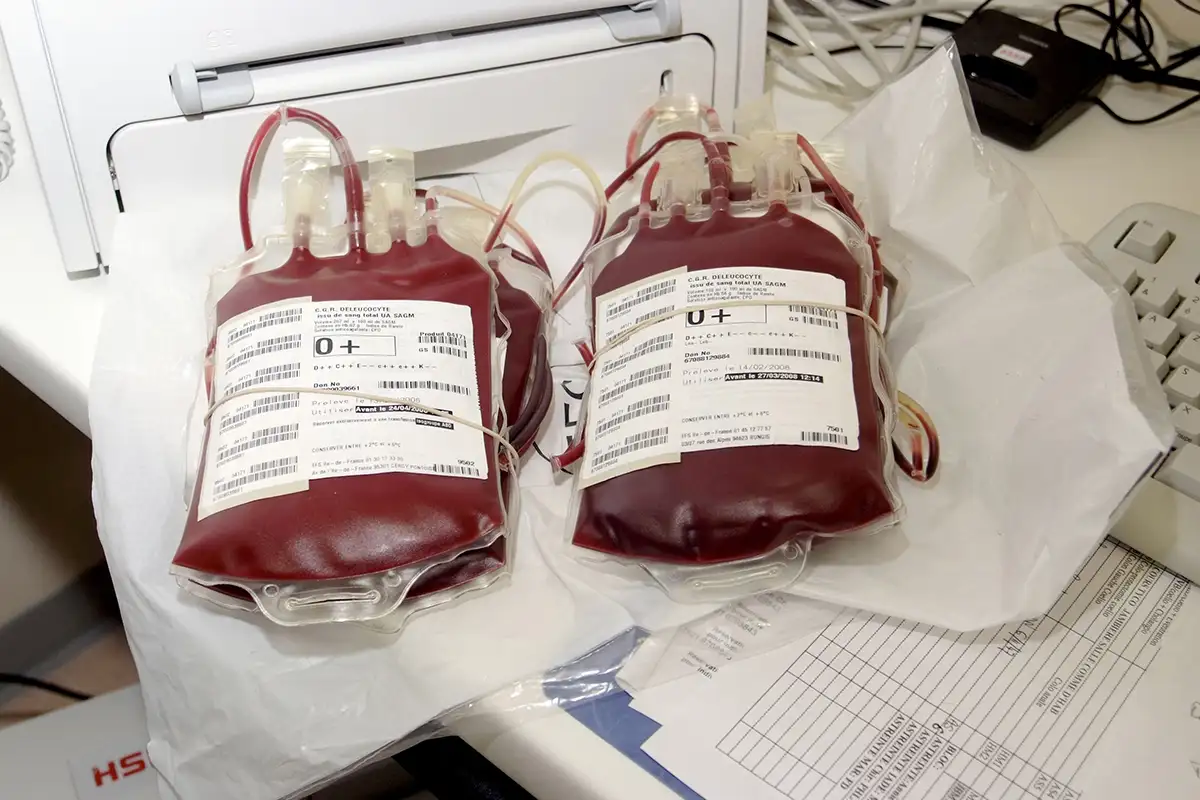CPT Code for Blood Transfusion Blood transfusions are vital medical procedures that save countless lives every day. When a person loses a significant amount of blood, either through surgery, trauma, or a medical condition, receiving a blood transfusion can be life-saving. However, medical professionals need to document these procedures accurately, and this is where the CPT code for blood transfusion comes into play. By the end of this article, you will have a clearer understanding of what CPT codes are, why they matter, and how to find the right code for blood transfusions.
What is a Blood Transfusion of CPT Code for Blood Transfusion
 There are several reasons why someone might need a blood transfusion:
There are several reasons why someone might need a blood transfusion:
- Trauma: Victims of accidents may lose a lot of blood and require immediate transfusions to stabilize their condition.
- Medical Conditions: People with conditions like anemia, certain cancers, or blood disorders might need transfusions to maintain healthy blood levels.
Why are CPT Codes Important
Proper coding is essential for several reasons:
- Billing: Accurate coding ensures that healthcare providers are paid for the services they render.
- Data Collection: CPT codes help in collecting data about healthcare services and outcomes, which can be used for research and improving healthcare practices.
- Regulatory Compliance: Using the correct codes helps healthcare facilities comply with regulations and standards.
Types of CPT Codes
CPT codes are divided into three categories:
- Category I: These codes represent procedures and services, such as blood transfusions.
- Category II: These codes are used for performance measurement and are optional.
- Category III: These codes are for emerging technologies and procedures.
CPT Codes for Blood Transfusion of CPT Code for Blood Transfusion
When it comes to blood transfusions, the CPT code primarily used is 36430. This code is defined as “Transfusion, blood or blood components, each unit.” This means that whenever a unit of blood or blood component is transfused, healthcare providers will use this code to document the procedure.
Other Related CPT Codes
While 36430 is the main code for blood transfusions, there are other codes related to the process. Here are a few:
- 36432: This code applies to the transfusion of additional units of blood.
- 36450: This code represents the collection of blood from a donor.
How to Use CPT Codes for Blood Transfusions
Using CPT codes correctly is crucial for proper billing and documentation. Here are some steps to follow:
- Document the Procedure: Make sure to record all details about the blood transfusion, including the type of blood product, the amount transfused, and the patient’s condition before and after the procedure.
Importance of Accurate Coding
Accurate coding is essential for various reasons:
- Patient Safety: Proper documentation and coding can help track patient outcomes and improve care.
- Legal Compliance: Helps maintain compliance with healthcare regulations, avoiding potential legal issues.
Challenges in Blood Transfusion Coding
Coding for blood transfusions may present some challenges, including:
- Complexity of Cases: Some patients may have unique needs that require additional documentation and coding, making it challenging to choose the right CPT code.
- Evolving Guidelines: CPT codes and guidelines may change over time, requiring healthcare providers to stay updated.
Strategies to Overcome Coding Challenges
To overcome these challenges, healthcare providers can adopt several strategies:
- Continued Education: Regular training and updates on coding guidelines can help staff stay informed.
- Utilize Coding Software: Many healthcare facilities use specialized software to assist in coding and billing, making the process more efficient.
- Consult Coding Experts: When in doubt, it’s helpful to consult with coding specialists to ensure accuracy.
The Role of Blood Banks in Transfusions
Blood banks play a crucial role in the blood transfusion process. They are responsible for collecting, testing, processing, and distributing blood and blood products. Here’s how they contribute:
- Safety Testing: Blood banks conduct rigorous testing to ensure that the blood is safe for transfusion.
- Storage and Distribution: They maintain proper storage conditions and distribute blood to hospitals and clinics as needed.
- Record Keeping: Blood banks keep detailed records of donations, testing results, and distributions, which is essential for tracking and regulatory compliance.
For more information on blood banks and their operations, check out the American Red Cross’s Blood Donation and Transfusion page.
Conclusion
By knowing the appropriate codes and following best practices for documentation, healthcare providers can ensure they are compliant with regulations and providing the best care for their patients. As the medical field continues to evolve, staying informed about coding guidelines and processes will be essential for maintaining high standards of care.
For further reading and resources on medical coding, you may visit the American Academy of Professional Coders (AAPC) website. This resource can provide additional information on coding, including blood transfusions and other medical procedures.
By understanding the ins and outs of CPT codes, we can continue to support the crucial work of healthcare providers and ensure patients receive the care they need in a timely manner.


